|
|
|||
|
(Back to Preceding Week; on to Next Week) |
|
|
|
FULL BUCK MOON
(AND OTHER JULY DELIGHTS) A couple of hours after sunset on 31 July, we were returning to Hilton Pond Center following an evening appointment. As we pulled into the driveway, we glanced east across a hay field and noticed a bright orange light shining through trees on the far horizon. We did a double-take--concerned it might be a brushfire--but breathed easier when we realized it was simply the Full Buck Moon ascending. Unlike in winter when the Moon looks yellow and clear, summer moons are often fuzzy and orange-red--the result of heat shimmer and warm air laden with particulate matter. In Native American lore, the last full moon of July was the "Full Buck Moon," so-called because that's when new velvet-covered antler buds on deer bucks first begin to push out through the skin. The Full Buck Moon was actually on 29 July, so our photo (below) taken two nights later doesn't depict a perfect disk, but it does show the depth of its color.
All text & photos © Hilton Pond Center Earlier in the week of the Full Buck Moon we wandered the trails at Hilton Pond Center and--despite increasingly warmer temperatures and powerful late afternoon thunderstorms--were able to find plenty of daytime subjects to photograph. Read on, if you will, to see our digital interpretation of some of these natural delights that accompany the arrival of the Full Buck Moon in July.
As we headed down the walk with camera and tripod in hand, we were reminded why we've always thought one of the summer moons should be called the "Tangled Web Moon." By mid-July, orb-weaving spiders begin to drape our trails with miles of silk--most of which seems to be at just the right height to get caught on peoples' faces and their eyeglasses. Various species construct their webs on outside walls of the Center's old farmhouse, but the most common spider along our wooded paths seems to be the Spined Micrathena, Micrathena gracilis. The female (above) of this species has an irregularly shaped abdomen with four pairs of sharp spines. Spined Micrathenas vary from pure white to jet black; the population at Hilton Pond is zebra-striped. When someone accidentally walks through a micrathena web, the spider drops off, sometimes landing on the person's neck. The first reaction is to swat at the object, which results in more pain than the spider could inflict if it bit--mostly because slapping at the spider and pressing its spiny abdomen against tender neck skin is like stabbing oneself with several needles. The moral of the story here is that for many reasons one should always walk around--not through--spider webs in the woods. And NO slapping!
As we dodged spiderwebs and continued our stroll we got closer to Hilton Pond, where we noticed some frenetic insect activity: Dozens of medium-sized dragonflies zooming about and occasionally perching on sticks protruding from a large brush pile. Although they came in two different colors, all were the same species: The Eastern Pondhawk, Erythemis simplicicollis, in which females (above) are bright emerald green while most males are chalky blue. These two-inch-long insects with four-inch wingspans have been patrolling the property all summer, and some had hindwings whose edges were becoming a bit ragged--a sure sign these dragonflies won't be with us too much longer. In the close-up above, it's easy to see the spines and hairs that line the lead edges of all six legs. These sharp projections help snare mosquitoes and other flying insects that comprise the pondhawk's diet.
While watching the dragonflies, we obsderved the water level at Hilton Pond had dropped significantly in the past week--despite three consecutive evenings of thunderstorms that brought nearly three inches of precipitation. It seems rainfall just can't keep up with evaporation during the heat of summer. As the pond level drops, decaying sticks, leaves, and Sweetgum balls are exposed, as is the occasional freshwater clam. The Eastern Elliptio, Elliptio complanata, is the only bivalve we've found in our pond; we discovered them locally several years ago with our toes when wading barefoot in a mud flat while the water was down. Elliptios are slow-growing--the four-inch-long specimen above is likely ten or more years old--so we don't like to find them dead on the pond bank. This particular individual was still alive, its adductor muscles holding the shells tightly closed; thus, we tossed it back into the water lest it become a midnight snack for rambling Raccoons that consume everything they can around the Center.
Above the high water mark near where we found the clam was an interesting-looking variegated leaf we recognized as one of the Greenbrier vines, Smilax sp. Carolina botanists have found at least a dozen species of Greenbrier, a highly variable genus that includes vines with names such as Carrion-flower, Catbrier, and Bamboo. Greenbriers can be woody or herbaceous, thorned or thornless, high-climbing or prostrate, but all have tendrils and bear leaves that have prominent parallel veins. Those armed with spines can shred one's ankles--even through thick socks and pantlegs!--so it's best to move slowly when passing through a Greenbrier thicket. Some Greenbrier vines at Hilton Pond Center have large, nearly oval leaves, while others such as the one in the photo above have elongated or lance-shaped foliage; variegation and the small spines along the leaf margin of this unknown species are atypical for Greenbrier.
We have only one milkweed species at Hilton Pond Center--the Swamp Milkweed, Asclepias incarnata--a tall, pink-flowered native variety that volunteered several years ago just above the high water mark of the pond. Prior to its arrival--possibly on wind-blown seeds--we almost never saw Monarch butterflies, Danaus plexippus, but now each summer we find both females (above) and males feeding on the blossoms. Some years we even discover colorful larvae of this species munching on milkweed leaves. Many other pollinators are also attracted to Swamp Milkweed, including the much smaller Ailanthus Webworm Moth, Atteva punctella (to the right in the photo above). It's interesting this butterfly and this moth have exactly the same colors--black, orange, and white--even though they're not even distantly related. In the photo one can see the Monarch's two club-shaped antennae and the rapidly moving proboscis the butterfly uses to probe milkweed flowers for nectar. Some short-lived moths and butterflies have no mouthparts and die right after expupating and mating.
As we were heading back in after our trail walk, we spotted a glowing circular object up ahead, but this time it wasn't the Full Buck Moon. Instead it was the translucent seed pod of another species--this one non-native--that also arrived without our planting it at the Center. The distinctive silvery fruit resembles a coin, hence the name Silver Dollar Plant. We suspect this purple-flowered herbaceous species arrived in leaf bags we collected each autumn and spread around the property; since Silver Dollar Plant is commonly grown as an ornamental, its seeds likely accompanied fallen tree leaves that some fastidious gardener raked up and bagged from a yard more cultivated than ours. Even though the Silver Dollar seed pod at Hilton Pond Center wasn't the Full Buck Moon, its scientific name--Lunaria annua--indicates the early botanist Linnaeus was at least reminded of the Moon when he named this southern European plant. All text & photos © Hilton Pond Center
Comments or questions about this week's installment?
Thanks to the following fine folks for recent gifts in support of Hilton Pond Center for Piedmont Natural History and/or Operation RubyThroat: The Hummingbird Project. Your tax-deductible contributions allow us to continue writing, photographing, and sharing "This Week at Hilton Pond." (Please see Support if you'd like to make a gift of your own.)
IMPORTANT NOTE: If you ever shop on-line, you may be interested in becoming a member of iGive, through which nearly 700 on-line stores from Barnes and Noble to Lands' End will donate a percentage of your purchase price in support of Hilton Pond Center and Operation RubyThroat. We've just learned that for every new member who signs up and makes an on-line purchase within 45 days iGive will donate an ADDITIONAL $5 to the Center. Please sign up by going to the iGive Web site. It's a painless and important way for YOU to support our work in conservation, education, and research. "This Week at Hilton Pond" is written & photographed You may wish to consult our Index of all nature topics covered since February 2000. You can also use our on-line Hilton Pond Search Engine at the bottom of this page. For a free, non-fattening, on-line subscription to |


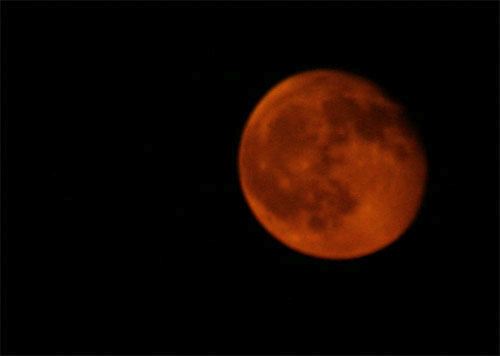
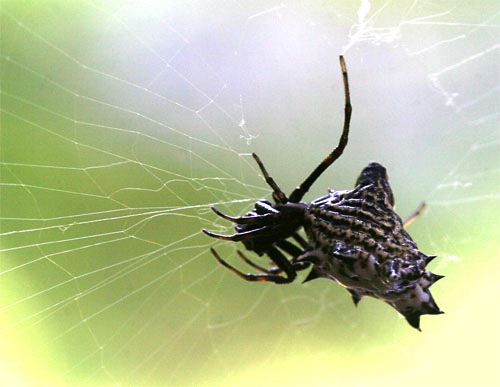
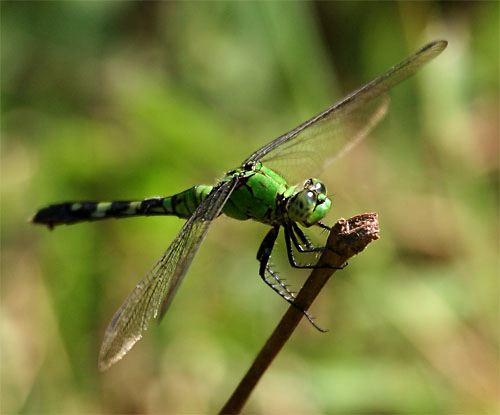
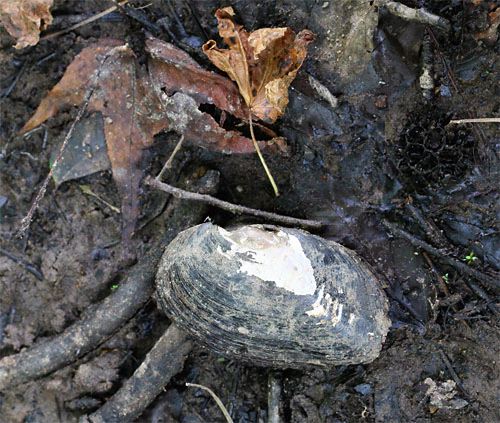


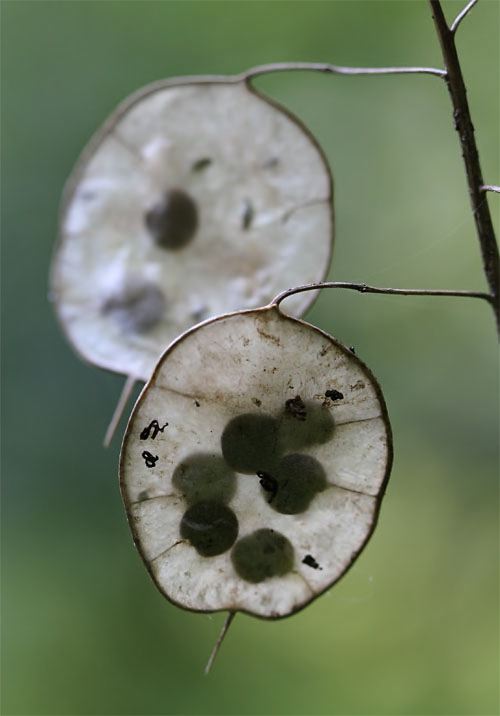


 Please report your
Please report your
